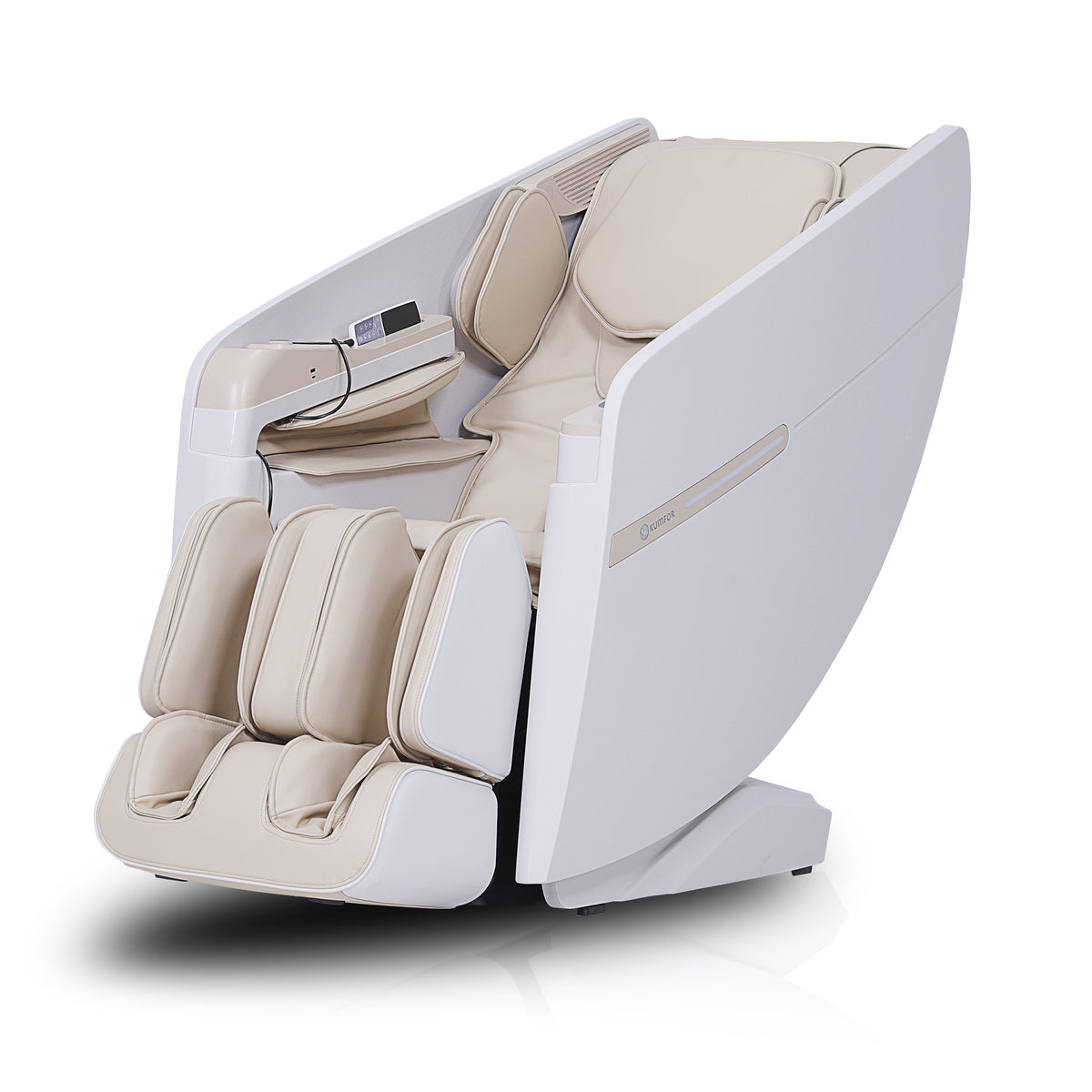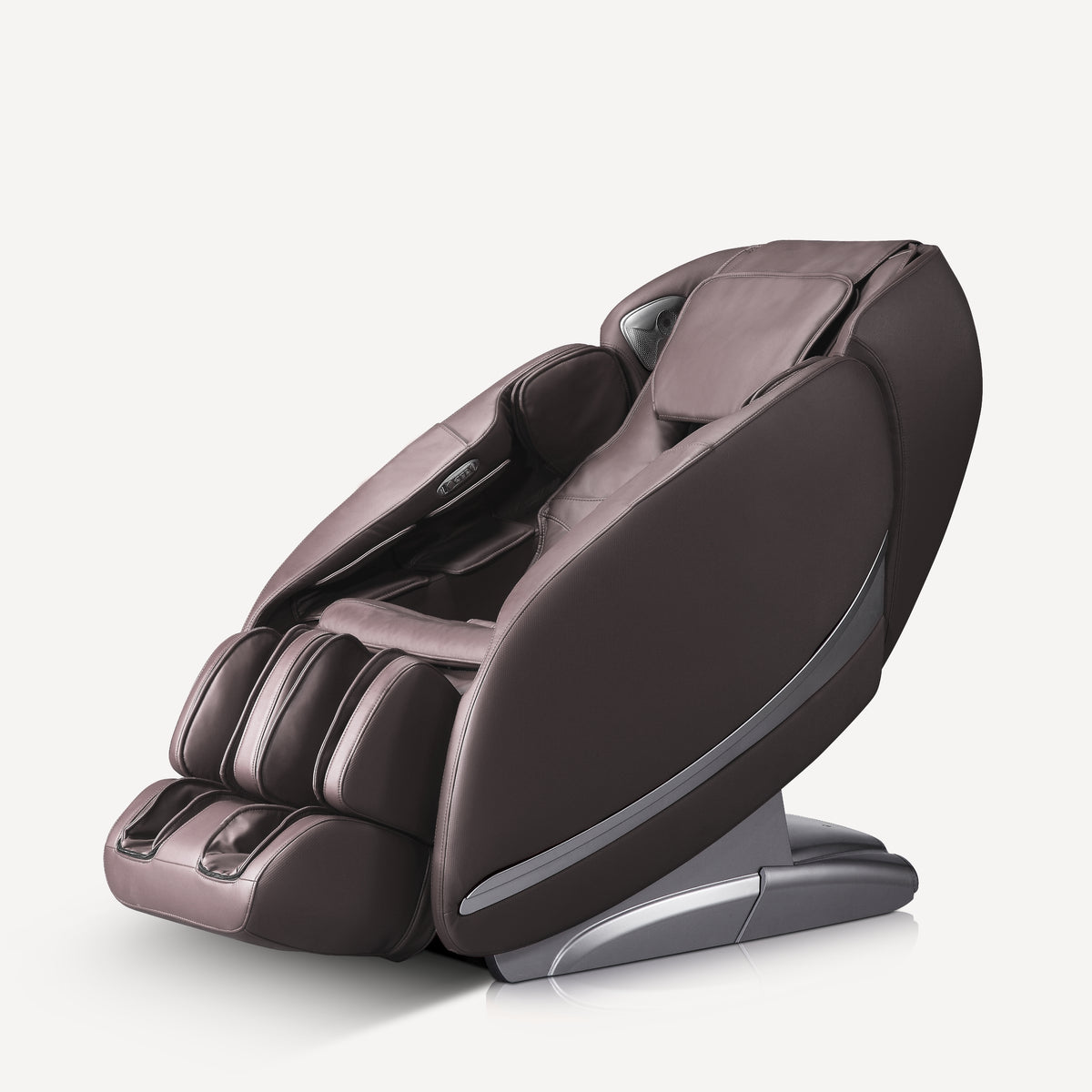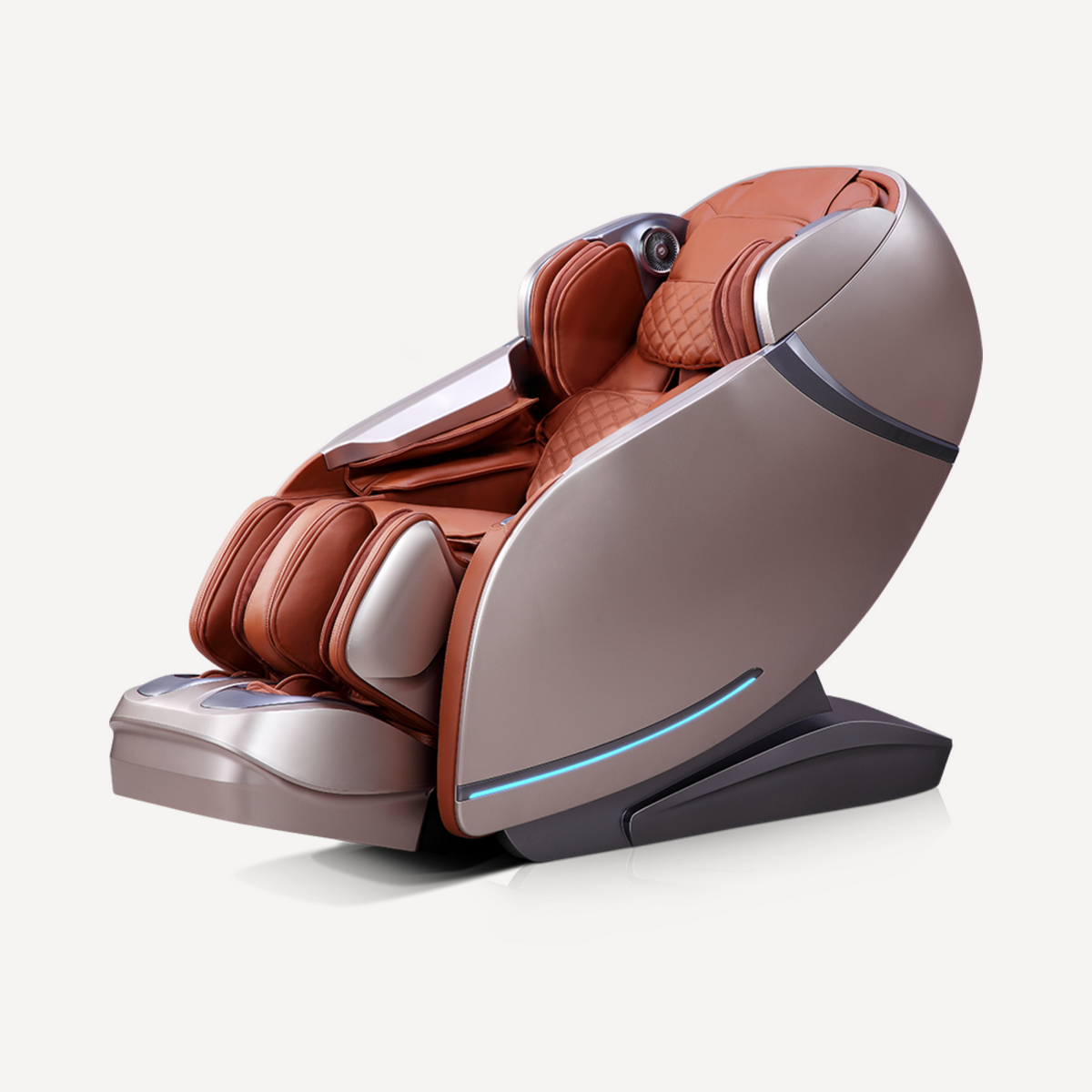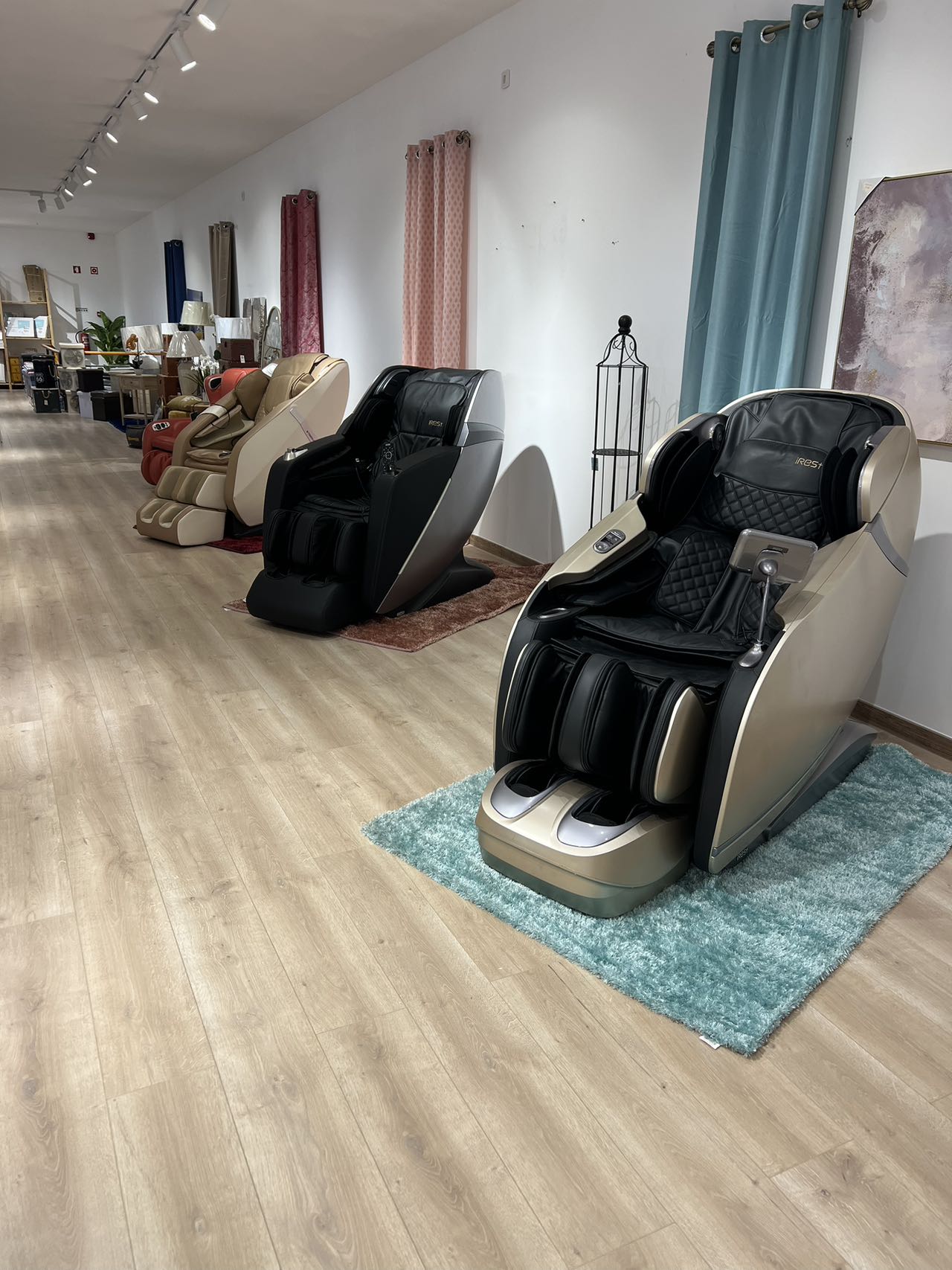Chine medicine(TMC ) and relation with massage

Introduction:
Chinese medicine, with its deep roots in ancient wisdom and holistic healing, stands as a profound testament to the integration of mind, body, and spirit. This article embarks on a journey through the core principles, modalities, and therapeutic approaches that make up the rich tapestry of Chinese medicine.
-
Yin and Yang Harmony : Central to Chinese medicine is the concept of Yin and Yang, representing opposing but interconnected forces. The balance of Yin (feminine, passive, cold) and Yang (masculine, active, hot) is crucial for optimal health. Chinese medical practices aim to restore harmony between these forces to promote well-being.
-
Qi: The Vital Life Force: Qi, often referred to as vital energy or life force, flows through channels called meridians in the body. Unobstructed Qi flow is essential for health, while blockages can lead to discomfort or illness. Acupuncture, acupressure, and herbal medicine are used to regulate Qi flow and restore balance.
-
Acupuncture: Balancing Energy Pathways: One of the most recognized aspects of Chinese medicine, acupuncture involves inserting thin needles into specific points along meridians. By stimulating these points, the body's energy flow is regulated, leading to pain relief, relaxation, and improved overall well-being.
-
Herbal Medicine: Nature's Remedies: Chinese herbal medicine utilizes a vast array of plants, minerals, and animal products to create personalized formulas that address a range of health concerns. These formulas are designed to restore balance within the body and support its innate healing abilities.
-
Cupping Therapy: Releasing Stagnation: Cupping involves placing cups on the skin to create suction, promoting blood circulation and Qi flow. This technique is often used to alleviate muscle pain, tension, and inflammation, while also aiding detoxification and improving energy flow.
-
Tai Chi and Qigong: Mindful Movement and Breath: Tai Chi and Qigong are mindful practices that combine gentle movements, controlled breathing, and meditation. These practices enhance flexibility, balance, and mental clarity, aligning with Chinese medicine's holistic approach to health.
-
Dietary Therapy: Nourishing from Within: Chinese medicine emphasizes the role of nutrition in maintaining health. Foods are categorized based on their energetic properties and their effects on the body. Dietary therapy aims to bring balance through the consumption of foods that support one's constitution and address specific health concerns.
Conclusion:
Chinese medicine is a treasure trove of ancient wisdom that offers a holistic approach to health and well-being. Its principles, rooted in the interconnectedness of body, mind, and spirit, guide a range of therapeutic modalities. From acupuncture and herbal medicine to mindful movement practices, Chinese medicine stands as a testament to the profound understanding of the intricate dance between human beings and the universe. By embracing its principles, individuals can unlock a pathway to vitality, harmony, and lasting wellness.
Traditional Chinese Medicine (TCM) and modern massage chairs may appear to inhabit different realms of healing, but they share an intricate relationship that bridges ancient traditions with contemporary technology. TCM's holistic principles and massage chairs' convenience converge, offering a fascinating combination of ancient wisdom and modern innovation. This article explores the intriguing relationship between TCM and massage chairs.
Holistic Health Connection: Both TCM and massage chairs are rooted in the concept of holistic health, recognizing the interconnectedness of body, mind, and spirit. TCM emphasizes the balance of Yin and Yang energies, while massage chairs, equipped with advanced techniques, focus on relaxation and stress reduction. This parallel underscores their common objective of promoting overall well-being.
Incorporating TCM Concepts: Modern massage chairs subtly incorporate TCM principles by targeting acupressure points and meridians, mirroring traditional practices like acupuncture. Some chairs replicate TCM techniques such as tapping and kneading, offering users a glimpse into the world of TCM's energy flow theories.
Qi Flow and Circulation: Both TCM and massage chairs emphasize the importance of smooth Qi flow and optimal blood circulation. TCM's modalities, such as acupuncture, aim to unblock energy pathways, while massage chairs use rhythmic actions to enhance circulation. This shared focus on energy balance contributes to the well-being of modern individuals.
Customized Wellness: Just as TCM treatments are personalized to individual needs, modern massage chairs offer customizable settings. Users can tailor their massage experience, focusing on specific areas of tension. This individualized approach aligns with TCM's philosophy of addressing unique health requirements.
Modern Convenience and Ancient Wisdom: Massage chairs, with their stress-reducing capabilities, echo TCM's emphasis on prevention through maintaining emotional and physical equilibrium. TCM's goal of preventing illness by nurturing well-being finds resonance in the convenience of massage chairs, making ancient wisdom accessible to the modern lifestyle.
Conclusion: The relationship between Traditional Chinese Medicine and modern massage chairs highlights the timeless relevance of holistic health principles. While TCM draws from centuries-old traditions, massage chairs incorporate technology to deliver relaxation and well-being. This connection underscores the seamless blend of ancient wisdom with modern comfort, creating a harmonious approach to wellness in our fast-paced world. As individuals explore the benefits of massage chairs, they can also tap into the essence of TCM's holistic philosophy, enriching their pursuit of balanced health.
#chinese medicine #massage chair
References
- ^ Jump up to:a b Novella, Steven (25 January 2012). "What Is Traditional Chinese Medicine?". sciencebasedmedicine.org. Society for Science-Based Medicine. Retrieved 13 May 2015.






